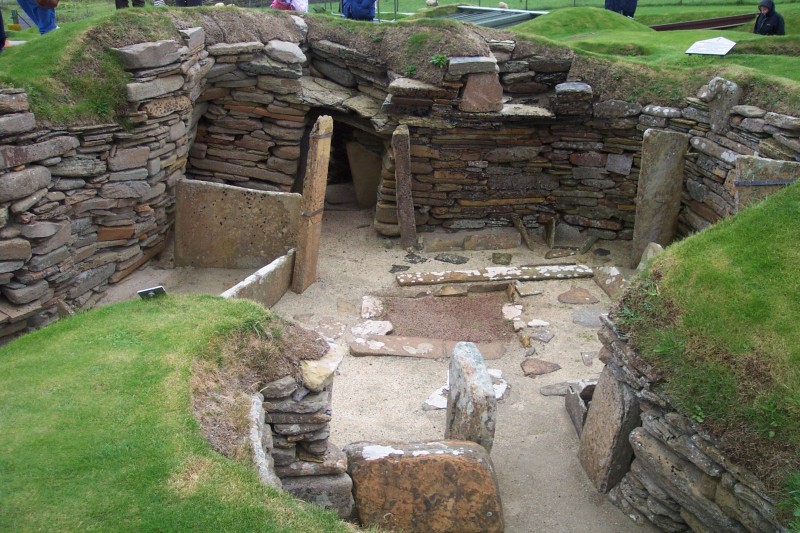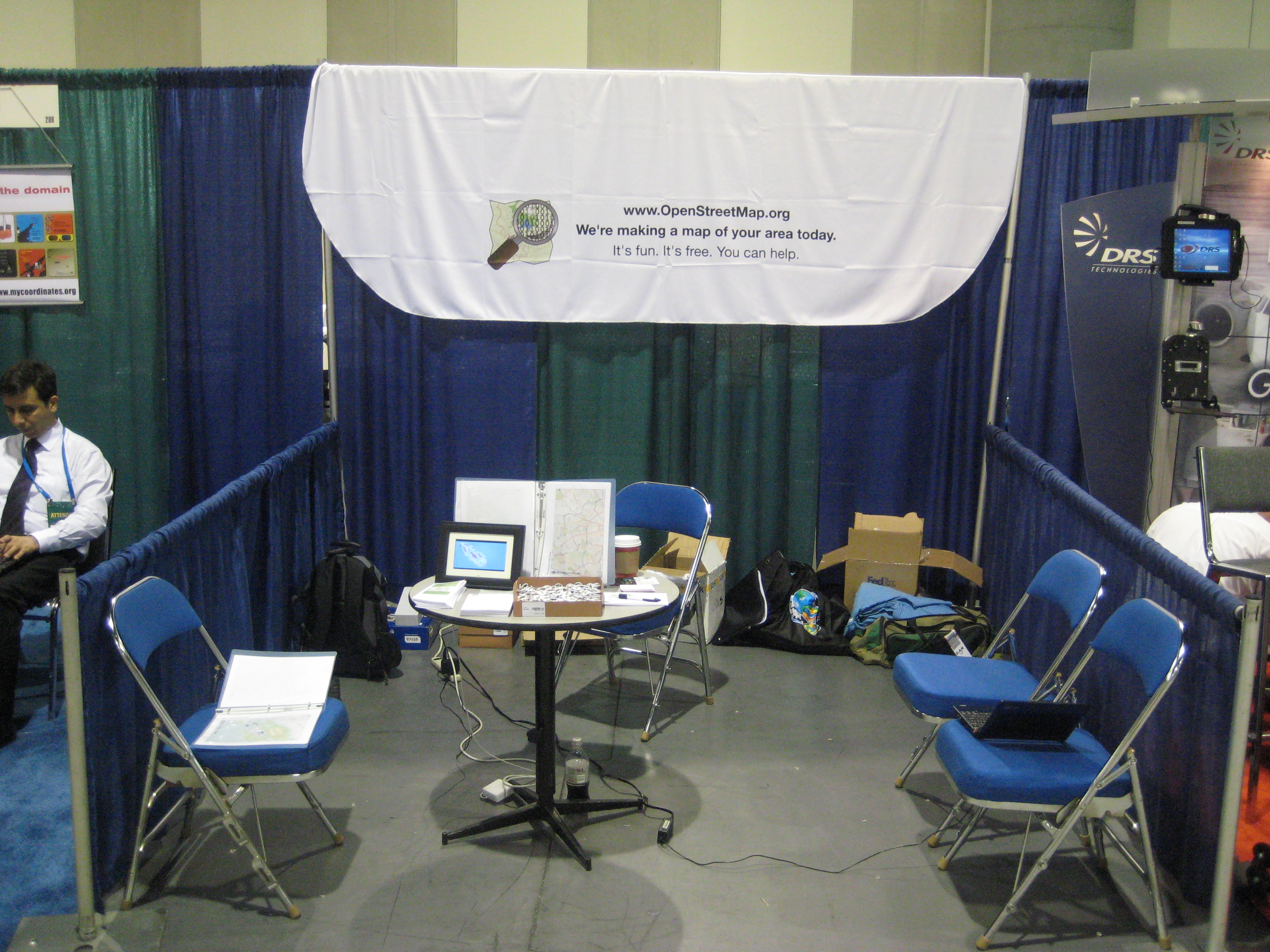|
Portable Partitions
Portable partitions are a form of temporary walls which serve to divide rooms in place of permanent walls. They can be joined together section by section, or available as one unit, depending on the manufacturer. Portable walls may be fixed, or on casters for rolling, while others may be folding room dividers, inflatable, or accordion-style. Portable walls are not generally anchored to a floor or ceiling, unlike suspended accordion room dividers, and drapes, pipe and drape. They are different from traditional office cubicles in that portable walls often serve a temporary function rather than a permanent workspace, such as use for art exhibits, classrooms, triage areas, trade show display, and similar uses. Depending on the manufacturer, portable walls portable walls may be stacked, folded, or on wheels, enabling mobility and ease of storage. The portable wall partition has two full panel end members which provide support, rigidity, privacy. Some provide noise reduction. Portable ... [...More Info...] [...Related Items...] OR: [Wikipedia] [Google] [Baidu] |
Room Divider
In a building or a ship, a room is any enclosed space within a number of walls to which entry is possible only via a door or other dividing structure. The entrance connects it to either a passageway, another room, or the outdoors. The space is typically large enough for several people to move about. The size, fixtures, furnishings, and sometimes placement of the room within the building or ship (or sometimes a train) support the activity to be conducted in it. History Historically, the use of rooms dates at least to early Minoan cultures about 2200 BC, where excavations at Akrotiri on Santorini reveal clearly defined rooms within certain structures. In early structures, the different room types could be identified to include bedrooms, kitchens, bathing rooms, closets, reception rooms, and other specialized uses. The aforementioned Akrotiri excavations reveal rooms sometimes built above other rooms connected by staircases, bathrooms with alabaster appliances such as ... [...More Info...] [...Related Items...] OR: [Wikipedia] [Google] [Baidu] |
Pipe And Drape
Pipe and drape is a style of freestanding panelling used to divide, hide, and/or decorate a space temporarily. The structure consists of aluminum or steel piping fixed or adjustable telescoping vertical uprights supported by a weighted steel base, and adjustable telescopic or fixed horizontals that provide a drape support frame with removable drape panels. When the system is used for exhibition purposes and used instead of the traditional shell scheme option, build time and breakdown time is significantly reduced. Pipe and drape is a way of adding colour to what would normally be a plain backdrop. Fred E. Hahn, Tom Davis, Bob Killian, Ken Magill, "Do-It-Yourself Advertising and Promotion,2nd Ed." John Wiley & Sons, Inc., Hoboken NJ, 2003, page 2. Retrieved July 8, 2009 Often used in |
Cubicle
A cubicle is a partially enclosed office workspace that is separated from neighboring workspaces by partitions that are usually tall. Its purpose is to isolate office workers and managers from the sights and noises of an open workspace so that they may concentrate with fewer distractions. Cubicles are composed of modular elements such as walls, work surfaces, overhead bins, drawers, and shelving, which can be configured depending on the user's needs. Installation is generally performed by trained personnel, although some cubicles allow configuration changes to be performed by users without specific training. Cubicles in the 2010s and 2020s are usually equipped with a computer, monitor, keyboard and mouse on the work surface. Cubicles typically have a desk phone. Since many offices use overhead fluorescent lights to illuminate the office, cubicles may or may not have lamps or other additional lighting. Other furniture often found in cubicles includes office chairs and filing c ... [...More Info...] [...Related Items...] OR: [Wikipedia] [Google] [Baidu] |
Noise Reduction
Noise reduction is the process of removing noise from a signal. Noise reduction techniques exist for audio and images. Noise reduction algorithms may distort the signal to some degree. Noise rejection is the ability of a circuit to isolate an undesired signal component from the desired signal component, as with common-mode rejection ratio. All signal processing devices, both analog and digital, have traits that make them susceptible to noise. Noise can be random with an even frequency distribution ( white noise), or frequency-dependent noise introduced by a device's mechanism or signal processing algorithms. In electronic systems, a major type of noise is ''hiss'' created by random electron motion due to thermal agitation. These agitated electrons rapidly add and subtract from the output signal and thus create detectable noise. In the case of photographic film and magnetic tape, noise (both visible and audible) is introduced due to the grain structure of the medium. In pho ... [...More Info...] [...Related Items...] OR: [Wikipedia] [Google] [Baidu] |
Public Toilet
A public toilet, restroom, bathroom or washroom is a room or small building with toilets (or urinals) and sinks for use by the general public. The facilities are available to customers, travelers, employees of a business, school pupils or prisoners. Public toilets are typically found in many different places: inner-city locations, offices, factories, schools, universities and other places of work and study. Similarly, museums, cinemas, bars, restaurants, and entertainment venues usually provide public toilets. Railway stations, filling stations, and long distance public transport vehicles such as train toilet, trains, ferries, and aircraft toilet, planes usually provide toilets for general use. Portable toilets are often available at large outdoor events. Public toilets are commonly Sex segregation, separated by sex (or gender) into male and female toilets, although Unisex public toilet, some are unisex (gender-neutral), especially for small or single-occupancy public toilets. ... [...More Info...] [...Related Items...] OR: [Wikipedia] [Google] [Baidu] |
Commercial Kitchen
A kitchen is a room or part of a room used for cooking and food preparation in a dwelling or in a commercial establishment. A modern middle-class residential kitchen is typically equipped with a stove, a sink with hot and cold running water, a refrigerator, and worktops and kitchen cabinets arranged according to a modular design. Many households have a microwave oven, a dishwasher, and other electric appliances. The main functions of a kitchen are to store, prepare and cook food (and to complete related tasks such as dishwashing). The room or area may also be used for dining (or small meals such as breakfast), entertaining and laundry. The design and construction of kitchens is a huge market all over the world. Commercial kitchens are found in restaurants, cafeterias, hotels, hospitals, educational and workplace facilities, army barracks, and similar establishments. These kitchens are generally larger and equipped with bigger and more heavy-duty equipment than a residential kit ... [...More Info...] [...Related Items...] OR: [Wikipedia] [Google] [Baidu] |
Folding Screen
A folding screen, also known as pingfeng (), is a type of free-standing furniture consisting of several frames or panels, which are often connected by hinges or by other means. They have practical and decorative uses, and can be made in a variety of designs with different kinds of materials. Folding screens originated from ancient China, eventually spreading to the rest of East Asia, and were popular amongst Europeans. History Origin Screens date back to China during the Eastern Zhou dynasty, Zhou period (771–256 BCE). These were initially one-panel screens in contrast to folding screens. Folding screens were invented during the Han dynasty (206 BCE – 220 CE). Depictions of those folding screens have been found in Han-era tombs, such as one in Zhucheng, Shandong Province. A folding screen was often decorated with beautiful art; major themes included mythology, scenes of palace life, and nature. It is often associated with intrigue and romance in Chinese literature, for ex ... [...More Info...] [...Related Items...] OR: [Wikipedia] [Google] [Baidu] |
Fusuma
In Japanese architecture, are vertical rectangular panels which can slide from side to side to redefine spaces within a room, or act as doors. They typically measure about wide by tall, the same size as a ''tatami'' mat, and are thick. The heights of ''fusuma'' have increased in recent years due to an increase in average height of the Japanese population, and a height is now common. In older constructions, they are as small as high. They consist of a lattice-like wooden understructure covered in cardboard and a layer of paper or cloth on both sides. They typically have a black lacquer border and a round finger catch. Historically, ''fusuma'' were painted, often with scenes from nature such as mountains, forests or animals. Today, many feature plain mulberry paper, or have industrially-printed graphics of fans, autumn leaves, cherry blossom, trees, or geometric graphics. Patterns for children featuring popular characters can also be purchased. Both ''fusuma'' and ''sh ... [...More Info...] [...Related Items...] OR: [Wikipedia] [Google] [Baidu] |
Tsuitate
A ''tsuitate'' (衝立) is a form of single-panel portable partition traditionally used in Japan since at least the 6th century. They may be made of wood, or a wood frame covered in paper or silk cloth. The panels are often illustrated, with paintings on both sides, sometimes by well-known artists. The wood frame may be lacquered, and pricier tsuitate may be very richly decorated, including use of precious metals. Apart from their use as works of art, they are often used to screen entrances, and block wind and sun They may also partition rooms, divide the public part of a shop from the residential area behind, and act as a signboard. File:WadakeIndoor.JPG, A robust all-wood tsuitate, screening a fire from drafts in a rural house (history exhibit) File:舞姫図・紅葉蒔絵衝立-Freestanding Screen with Dancer MET 29 100 520.jpeg, A tall 1700s tsuitate, presumably a replica konmeichi screen. File:JapanHomes161 TSUI-TATE.jpg, Tsuitate could be made in one piece, or as here, w ... [...More Info...] [...Related Items...] OR: [Wikipedia] [Google] [Baidu] |





